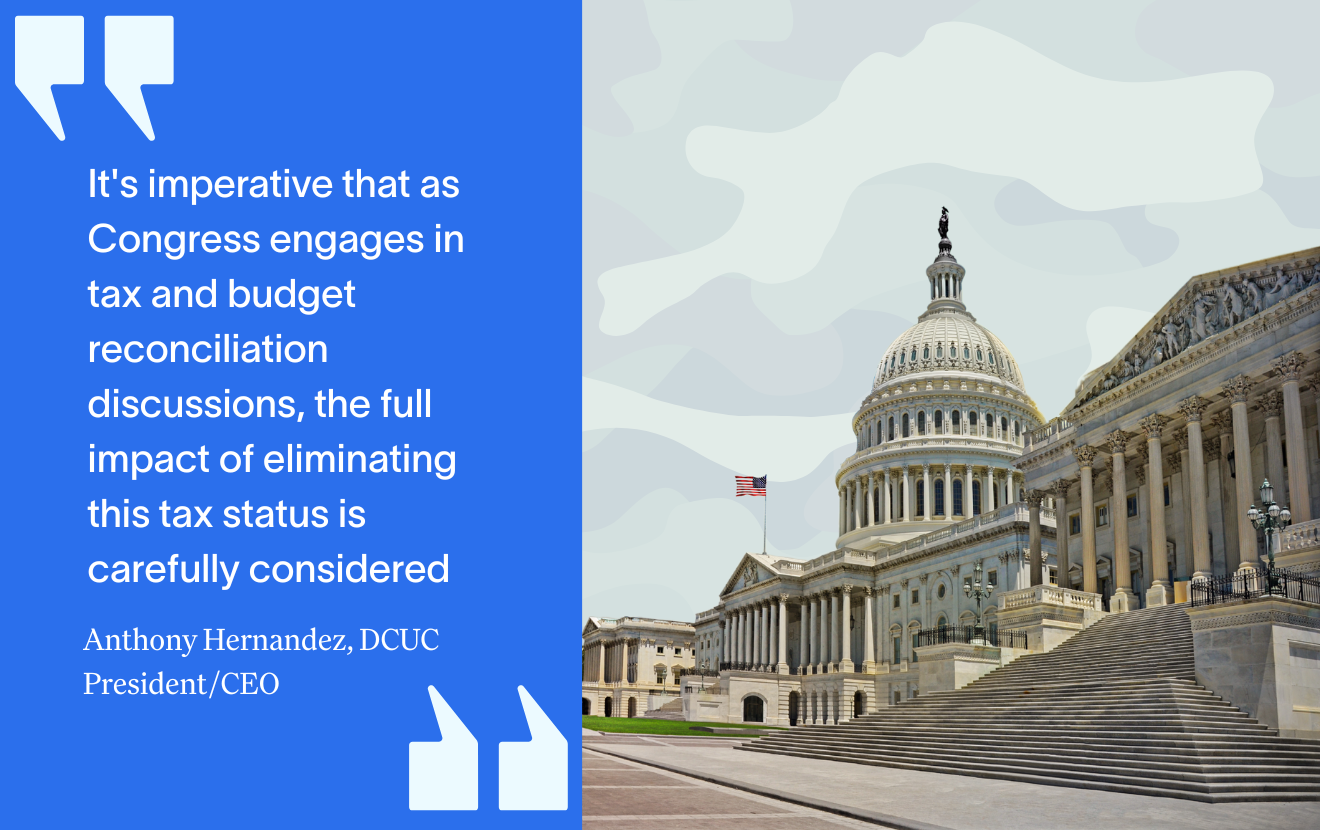In a 1935 publication titled Morals in Business, Edward Filene taught that there are many good people in business, but there are fewer good business people. Filene's legacy of philanthropy, decisive role in pioneering the credit union movement, and proven business success with the Filene’s department store chain give his words added weight. He walked the talk.
Filene explained that there are two ways of becoming good: either become interested in goodness or become interested in the facts of life. To prove his point, he shared an example of a good boy and a bad boy who both grew up and became taxi drivers. The bad boy became a good taxi driver and the good boy became a bad taxi driver.
The good boy had the advantage of being considered good, and every time he became absent-minded and traveled the wrong road, excellent character witnesses testified for him in court. But when in need of a taxi, those same character witnesses preferred the bad boy who could get them where they needed to go to the absent-minded good boy who couldn't.
Modern day fact-finding
Those who have spent any amount of time with me would probably agree that I am a passionate believer in the credit-union system – especially of the great work done by so many of our smaller credit unions. I have invested more than half of my life advocating on its behalf, and have been blessed to see a lot of good accomplished and countless best practices.
But all is not well in credit-union land. Don’t get me wrong, I am happy to hear that consumers are borrowing again and that membership continues to grow after the National Bank Transfer Day. Overall, credit unions are emerging from the Great Recession with loan, membership and revenue growth. My problem is that I don’t think we spend enough time discussing the significant challenges faced by a large portion of our numbers. For example, according to the January 2013 CUNA Mutual Group Credit Union Trend Report:
- Loan growth: 46 percent (3,191 CUs) reported loan portfolio declines in 2012. Eighty (80) percent of the 2012 loan-growth gains came from the 514 largest credit unions.
- Membership growth: Roughly 50 percent (3,511 CUs) reported membership declines in 2012. Approximately 81 percent of the membership gains came from the 400 largest credit unions.
- Revenue: Final 2012 results show 73 percent of all CUs generated a positive ROA. Three out of four is nothing to write home about.
- Small credit-union challenges: Smaller credit unions make up the majority of our number. As of December 2012, there were 4,694 credit unions with assets less than $50 million. Collectively, this group has the greatest challenge with growth and profitability.
Good business people are needed now more than ever
Good business people are needed now more than ever. I am not suggesting that all, or even most, of those credit unions not growing or generating revenue lack good business people – but some do. Good business people are necessary, displaying a clear vision and the know-how to create and manage successful strategies. Even now, there are far too many of our number who lack viable strategies. Many are trying to do more of the same, expecting different results. Many are like the proverbial frog sitting in warming water.
Good business people are needed to make tough decisions, decisions that require meaningful change and calculated risk-taking. Now is not the time for excuses or lethargy.
Wake up call
Credit unions do wear the white hats; we are the "good guys." Working together, we have generated countless good in the communities we serve. However, the amount of good generated will ultimately depend on the number of good business people within our ranks.
If your credit union is not experiencing loan, membership or revenue growth, don’t hang your white hat on outdated strategies. The rules for competing have changed for most of us. Each credit union, regardless of size, must have a viable growth and profitability strategy. If your credit union finds itself in a negative trend, ACT NOW:
- Focus on the facts – Honest assessments are required. Be realistic with strengths and weaknesses. Identify what is holding the credit union back...(my two cents: it’s more than regulatory compliance).
- Seek and consider a qualified outside opinion – This can be a paid consultant or a successful credit-union peer. Get someone to challenge the status quo and help shed new light on old problems and new opportunities. Find and learn from best practices.
- Be bold and make tough decisions – Let go of old practices, policies, products, and people that are holding the credit union back. Avoid being a good person who makes bad business decisions.
When the facts change, trouble begins. And during the past decade, the facts have changed for most of us. Good business people with a solid grasp of the new facts and a willingness to change will be the survivors and our future legacy.







